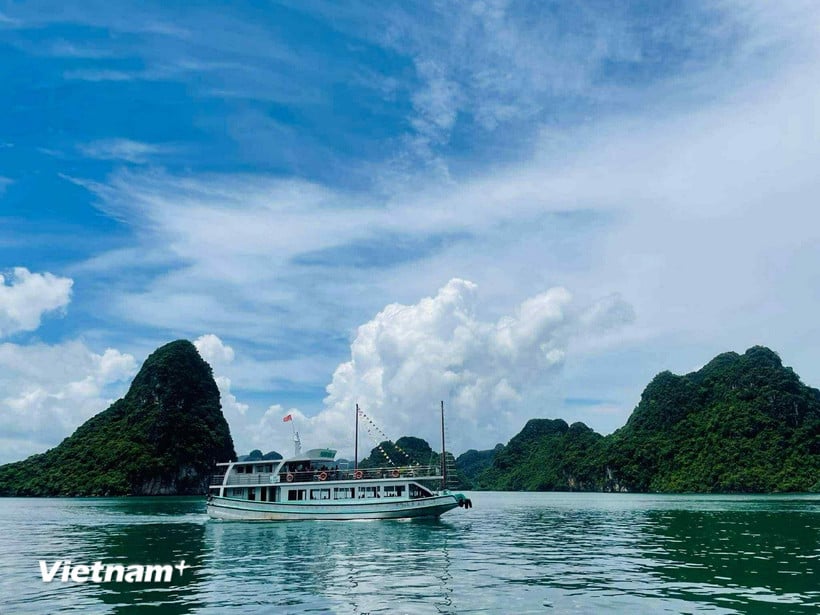 |
| (Photo: Vietnam+) |
The rainy season in Vietnam usually starts from mid-year and lasts until the end of autumn. But this is also the time of summer vacation, families often organize vacation activities, explore the beauty of nature, especially river trips or journeys to explore the attractive coastal areas and islands.
Traveling during the rainy season is a challenging experience, but with careful preparation and the right choices, you can still enjoy your trip safely and fully.
So, what do we need to pay attention to when traveling by boat during the stormy season?
Keep a close eye on the weather
Before embarking on any trip, it is essential to check the weather forecast thoroughly from reliable sources.
You should refer to data from the National Center for Hydro-Meteorological Forecasting or use reputable weather applications on your mobile phone to update the situation quickly and accurately.
In particular, you need to pay attention to warnings related to thunderstorms, tropical depressions, wind direction and dangerous ocean waves, because these are factors that can directly affect your safety.
If the forecast indicates a level 2 or higher hazard warning, the best advice is to postpone or stop your trip to ensure safety. If you cannot postpone, consider using other means of transport with higher safety to minimize the risk.
Choose reputable service companies
First of all, you should avoid using spontaneous services or choosing unregistered boats, because these are potentially risky vehicles, especially in bad weather conditions.
Instead, you should search and choose tours organized by reputable and professional travel agencies. These agencies often have staff with extensive experience in handling unexpected situations due to weather effects and are fully equipped with safety equipment such as life jackets, life buoys and other rescue equipment.
Additionally, before boarding the ship, you should proactively ask about the tour’s emergency response plan to ensure that any unexpected situations are prepared for handling. This will not only give you peace of mind, but also ensure that you have the necessary information to protect yourself in the event of an incident.
Prepare full support equipment
When taking cruises during the storm season, the most important thing is to pay attention to personal safety and ensure you have all the necessary equipment.
Whether you choose to explore the beautiful scenery of the bay, the poetic river or the sea near the shore, wearing a standard life jacket throughout the journey is an indispensable factor to protect life and health from unexpected risks. Especially for children, it is necessary to prepare a separate life jacket with the appropriate size to optimize the protection ability, helping children feel more comfortable and safe.
In addition, to minimize the risk of encountering difficulties in case of needing to move quickly in an emergency, you should limit carrying bulky luggage or unnecessary items.
Items such as high heels, large handbags or other items that add to the inconvenience should be carefully considered before being brought on board.
Being fully prepared and smart not only helps your trip go smoothly but also increases safety, especially during unpredictable weather conditions.
Don't be subjective even if the journey is short.
Even though the journey is short, it is essential to be careful when traveling by boat during the stormy season.
Many people tend to be complacent, thinking that traveling for about 15-30 minutes in the bay area, without going out to sea, will not be a problem to worry about. However, the reality shows that the risk of accidents can occur even in the simplest and safest trips.
Thunderstorms that appear suddenly without warning, just a few minutes of heavy rain and strong winds can cause unpredictable dangerous situations, especially in the current erratic weather situation.
Do not travel at night or when the weather is unusual. When traveling by boat during the rainy and stormy season, you need to pay attention to many factors to ensure the safety of yourself and those traveling with you. One of the most important things is to avoid traveling at night or when the weather is unusual.
If you notice dark skies, strong winds, or persistent rain – even light but steady showers – this could be a sign of bad weather. It may be best to postpone your trip or seek shelter rather than try to get on a boat and navigate the open seas.
In addition, nighttime or early morning hours often significantly limit visibility, making navigation at sea more difficult, and the ability to respond to incidents is not as quick and effective as during the day.
In case you are on an island and suddenly face a storm, the safest solution is not to immediately try to return to the mainland but to find a way to protect yourself in place. Waiting for the weather to stabilize before moving will help increase the safety rate and minimize unnecessary risks. Safety is always the top priority, especially when traveling by boat during the storm season.
Here are some things to keep in mind in case of an emergency:
First, when encountering big waves and strong winds, you need to quickly hold on to the handrails or fixed objects on the ship to reduce the risk of collision. In particular, you need to stay calm and alert because calmness plays an important role in handling dangerous situations, especially when the ship shows signs of sinking. With large ships, the sinking process usually occurs slowly, allowing passengers more time to prepare for escape.
Next, quickly find a life jacket, buoy, or make use of floating objects such as wooden planks, plastic barrels or plastic cans. If no flotation device is available, you can use a large plastic bag, inflate it and tie it to make a temporary floating device.
When the ship is in danger of sinking, passengers need to help launch the lifeboats and essential items for escape. When getting into the lifeboats, it is necessary to follow the order and maintain order, avoid jostling or pushing, causing the boat to capsize.
In case you cannot get on the boat in time, you should jump off the boat with a sturdy floating object held in front of your chest to ensure that when you hit the water, your body will lie on top of it, avoiding sinking or losing direction.
After getting into the water, quickly swim away from the sunken ship to avoid being caught in dangerous whirlpools.
If an accident occurs on a large passenger ship, rescue services will usually arrive quickly. Therefore, it is advisable to stay close to the accident site to increase the chances of being discovered and assisted.
While waiting for rescue, focus on stabilizing the spirits of those who have safely entered the water and do your best to support those who are still trapped. At the same time, try to send out distress signals by all means to increase the chances of survival and timely rescue./.
Source: https://huengaynay.vn/du-lich/can-chu-y-gi-de-co-chuyen-du-lich-bang-tau-thuyen-an-toan-trong-mua-mua-bao-155881.html



![[Photo] Fall Fair 2025 - An attractive experience](https://vphoto.vietnam.vn/thumb/1200x675/vietnam/resource/IMAGE/2025/10/30/1761791564603_1761738410688-jpg.webp)

![[Photo] New-era Party members in the "Green Industrial Park"](https://vphoto.vietnam.vn/thumb/1200x675/vietnam/resource/IMAGE/2025/10/30/1761789456888_1-dsc-5556-jpg.webp)

![[Photo] Prime Minister Pham Minh Chinh chaired a meeting to evaluate the operation of the two-level local government model.](https://vphoto.vietnam.vn/thumb/1200x675/vietnam/resource/IMAGE/2025/10/29/1761751710674_dsc-7999-jpg.webp)





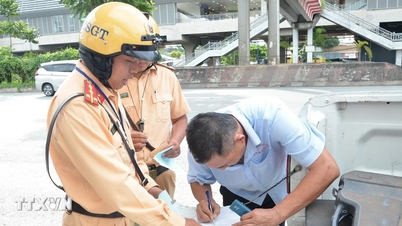


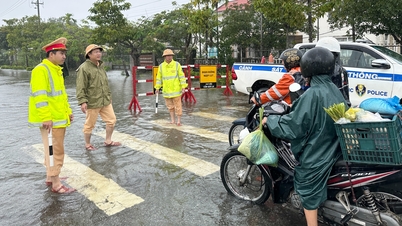




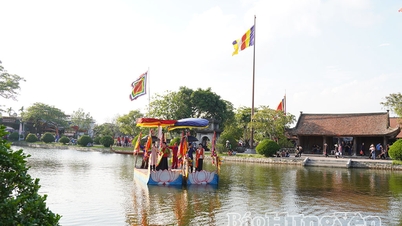

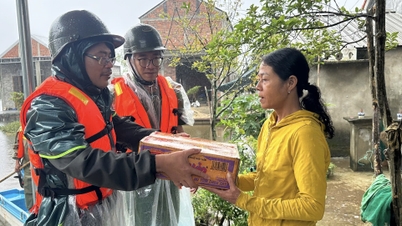







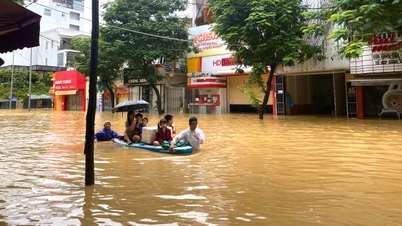
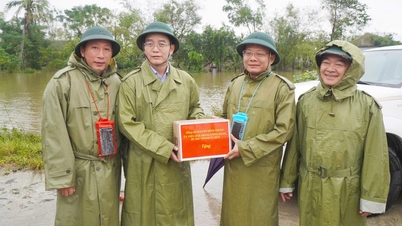
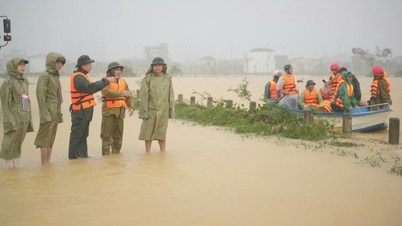
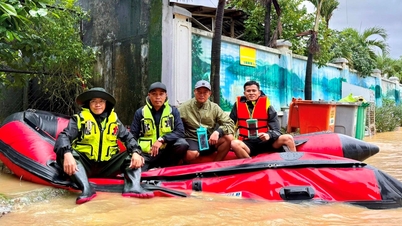





























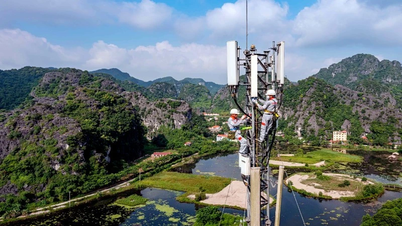



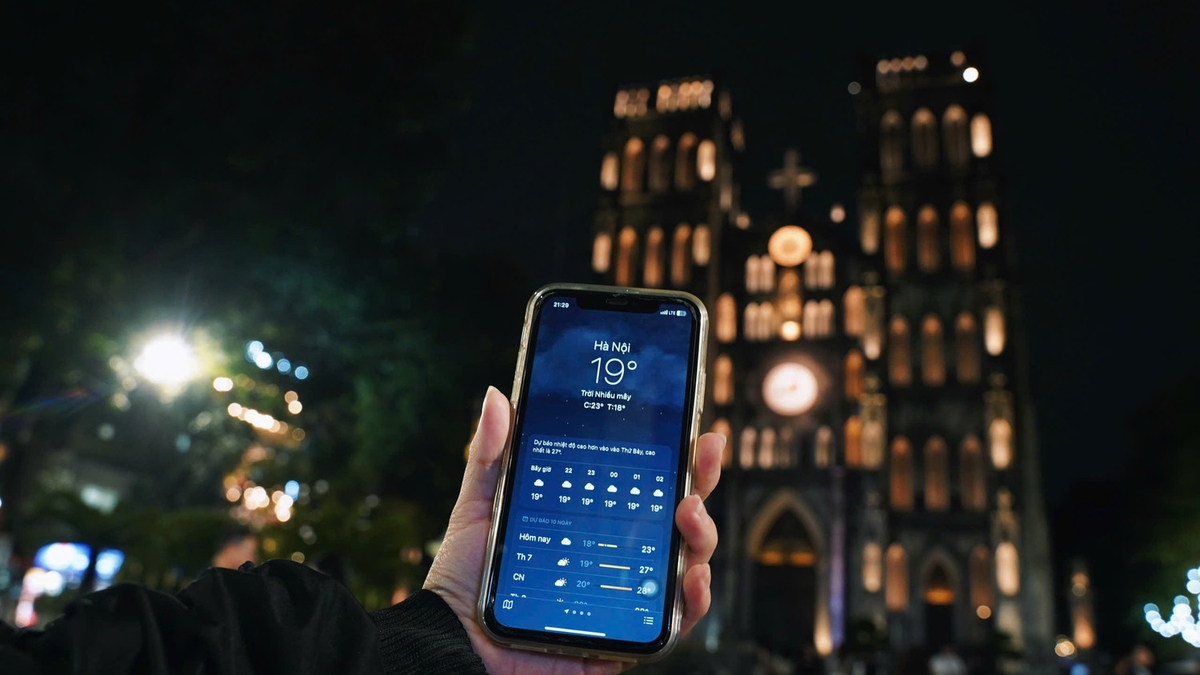



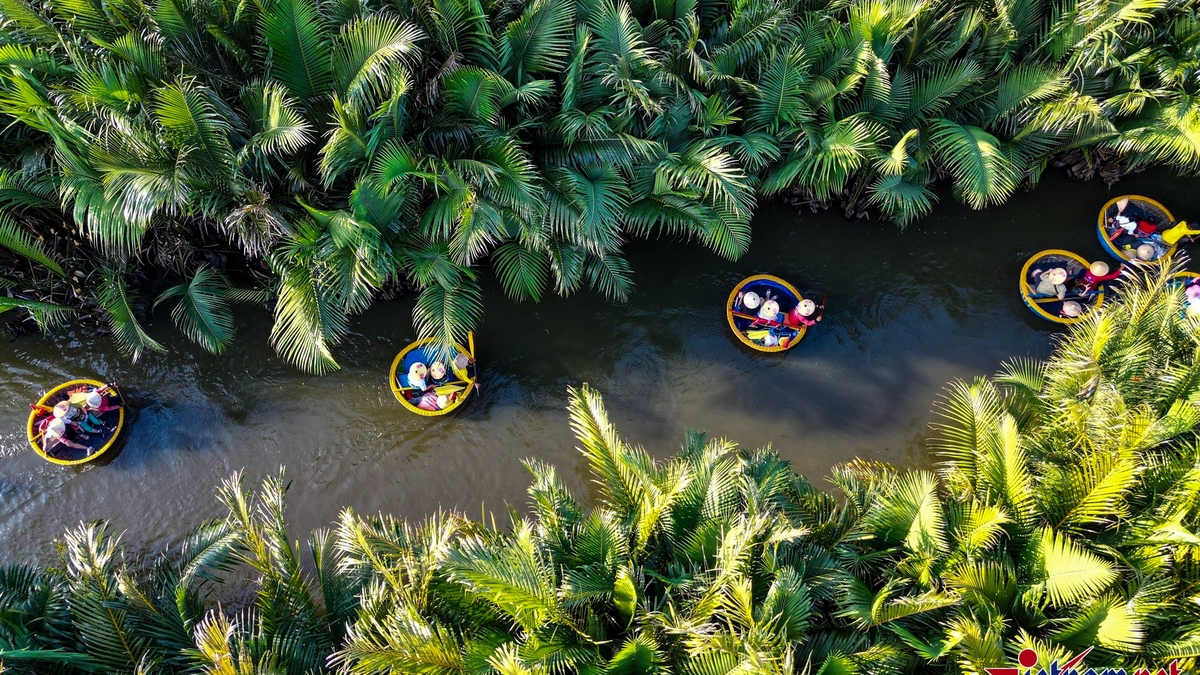


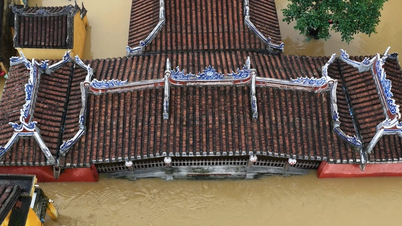

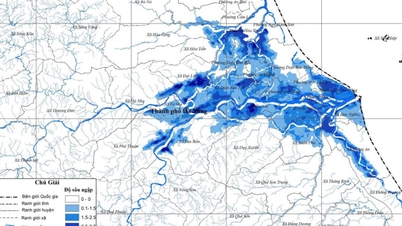







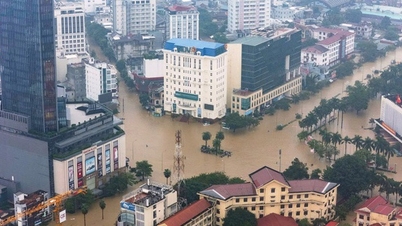


























Comment (0)